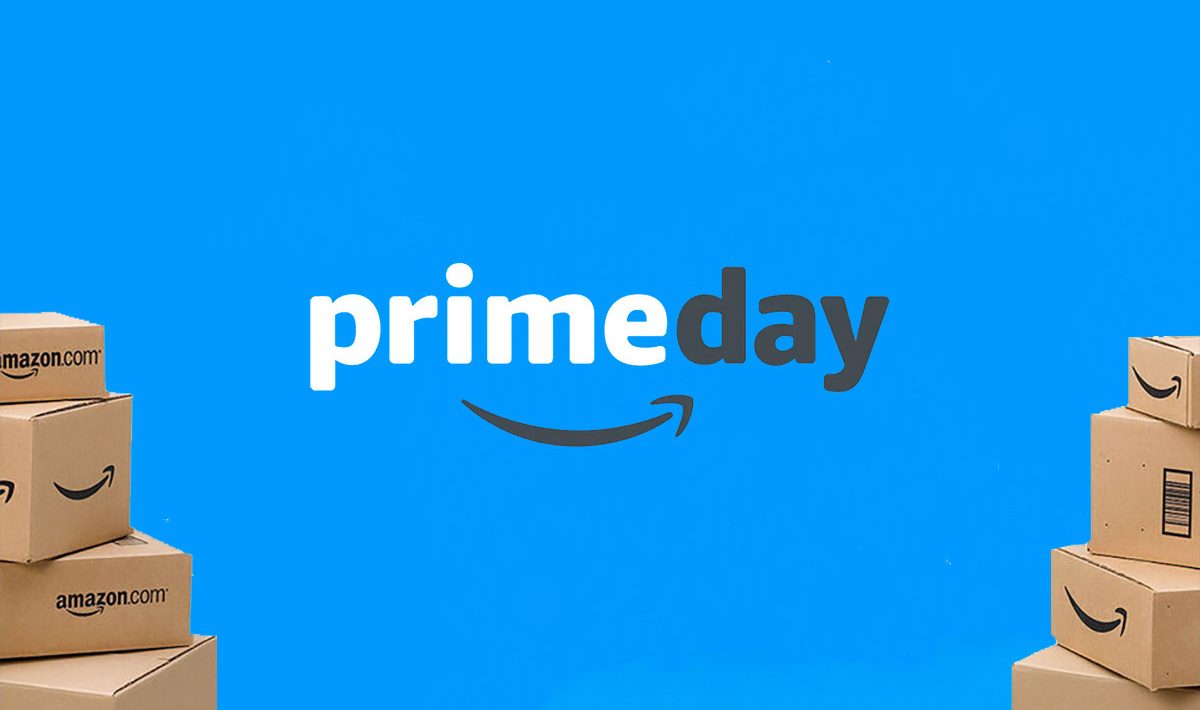When it comes to bargain hunting, most shoppers circle dates like Amazon Prime Day, Black Friday, and Cyber Monday in red ink. These are the iconic retail holidays where deep discounts flood the internet, and consumers rush to fill their carts. But what if you didn’t have to wait for these marquee sales events to snag major savings? According to industry insiders, some of the best deals of the year are hiding in plain sight — and savvy shoppers know exactly where to look.
We spoke with e-commerce analysts, deal-hunting experts, and online retail trackers to uncover how you can find hidden deals across major online platforms — not just during headline sales events but all year long.
Prime Day Isn’t the Only Day Amazon Offers Deep Discounts
Amazon Prime Day, typically held in July, has become one of the largest shopping events in the world. In 2024 alone, Amazon reported over $12.7 billion in sales during Prime Day (source: Adobe Analytics). Yet according to deal experts, many of Amazon’s best prices quietly appear before and after the big day.
“Amazon’s pricing algorithm changes daily — sometimes hourly — based on competitor pricing, stock levels, and demand trends,” says Kyle Marks, a senior analyst at Retail Insight Group. “The key is to monitor specific product categories like electronics, home appliances, and personal care throughout the year.”
One of the most effective tools for doing this is leveraging third-party platforms that aggregate Amazon discount codes and lightning deals. Sites like HotDeals offer real-time updates on available Amazon Promo Codes, helping consumers bypass the need to endlessly refresh product pages or wait for newsletters.
Black Friday Deals Are Now a Month-Long Event — and That’s a Good Thing
Historically, Black Friday fell on the day after Thanksgiving in the U.S., but in recent years, retailers have started launching promotions as early as the first week of November. “Retailers are spreading out their discounts to avoid shipping bottlenecks and inventory constraints,” says Lisa Hammonds, VP of Strategy at Global Retail Trends.
This shift benefits consumers, who now have a longer window to comparison-shop and avoid last-minute panic buying. Retailers like Walmart, Target, and Best Buy often run “Black Friday Preview” events weeks in advance. According to Statista, U.S. shoppers spent over $9.8 billion online during Black Friday 2023 — up 7.5% from the previous year.
The lesson? Mark your calendar early and track retailers’ promotional calendars. Tools like price alert trackers and browser extensions can help automate this process, but curated deal websites offer a more streamlined experience with hand-picked offers.
Off-Season Shopping: The Best-Kept Secret in Retail
One of the least discussed yet most effective strategies for scoring discounts is off-season shopping. Buying winter gear in spring or patio furniture in fall can yield savings of 40–70%. Brands often mark down excess inventory to make space for seasonal lines.
“Shoppers often overlook clearance categories or assume they only include undesirable items,” says Janelle Carter, a veteran coupon strategist. “In reality, many top-rated products are simply out of season — not out of style.”
Amazon, for example, frequently rotates its “Outlet Deals” and “Warehouse Deals” sections, where new and like-new products are offered at steep discounts. These sections aren’t always visible from the homepage, but deal aggregation sites frequently surface them under category-specific links.
Hidden Gems: Where Experts Go Beyond Big Retailers
While giants like Amazon and Walmart dominate online sales, experts recommend exploring niche marketplaces and emerging platforms for unique savings.
“Retailers like Rakuten, Overstock, and Newegg often match or beat Amazon on specific tech and home categories,” says Carter. “Plus, newer platforms offer generous first-time shopper incentives.”
Additionally, cashback platforms and browser plug-ins like Honey or Rakuten’s Chrome extension provide passive ways to earn rebates on purchases you were already planning to make. Some even stack with discount codes — leading to double-dip savings opportunities.
Subscription Services That Actually Save You Money
It may sound counterintuitive, but subscribing to a service can sometimes lead to better savings — especially for frequent shoppers. Amazon’s Subscribe & Save program, for instance, offers up to 15% off regular purchases of household goods, baby products, and pet supplies.
Similarly, warehouse clubs like Costco and Sam’s Club run limited-time online-only deals for members, many of which are not available in physical stores. Tracking these promotions with digital newsletters or curated email alerts can make all the difference.
The Bottom Line: The Deals Are Out There — If You Know Where to Look
While Prime Day and Black Friday are excellent opportunities to score headline-grabbing deals, they represent only a fraction of the savings available year-round. The real key lies in strategy: leveraging trusted third-party resources, subscribing to deal alerts, and understanding seasonal buying cycles.
If you’re looking for an always-on destination to check the latest Amazon Promo Codes, make sure to visit HotDeals Amazon Store Page ,where daily promotions are verified and curated by real people. It’s like having a full-time deal scout working just for you.
In the age of AI-powered pricing and algorithmic retail, knowledge is more than power — it’s profit.

